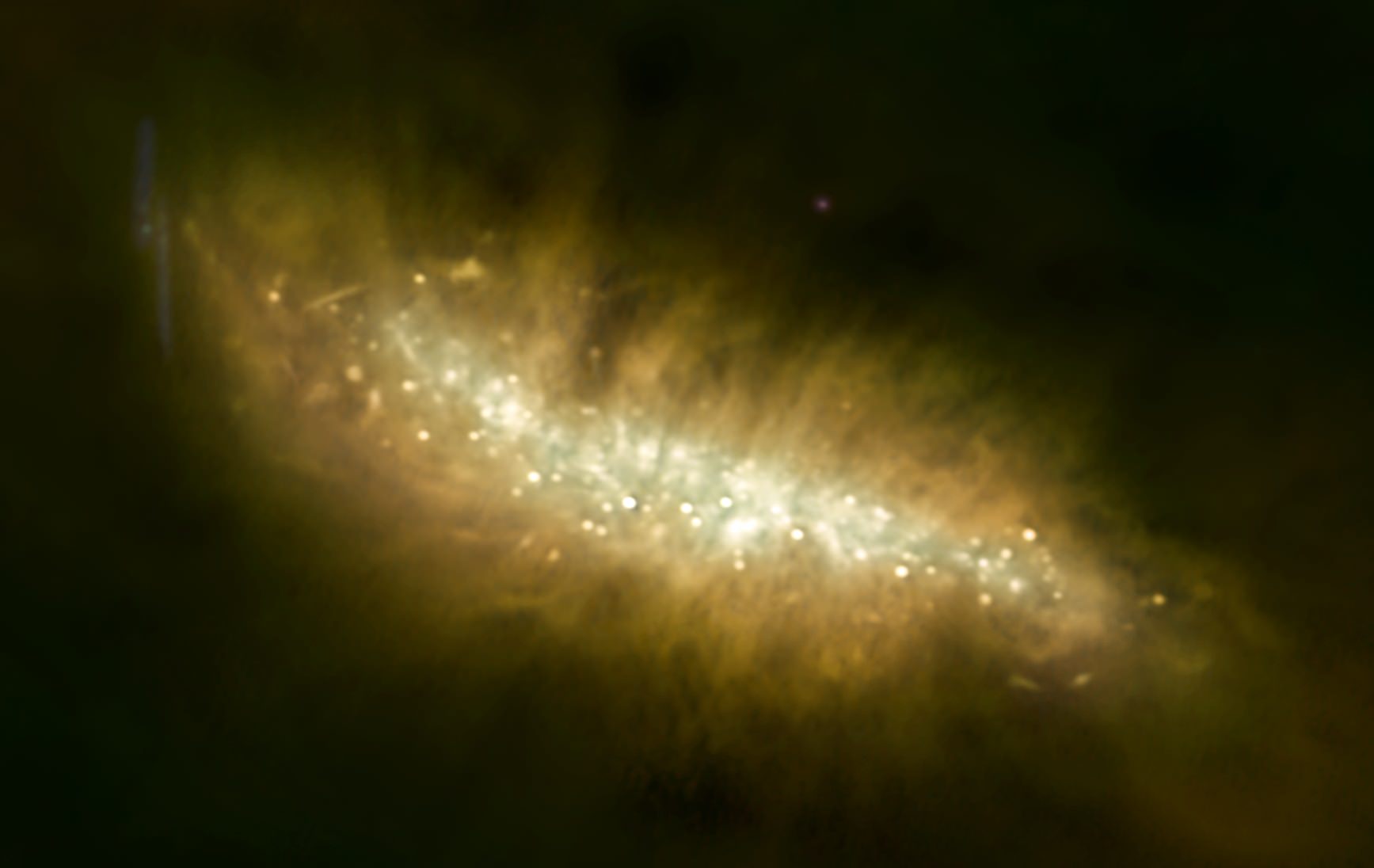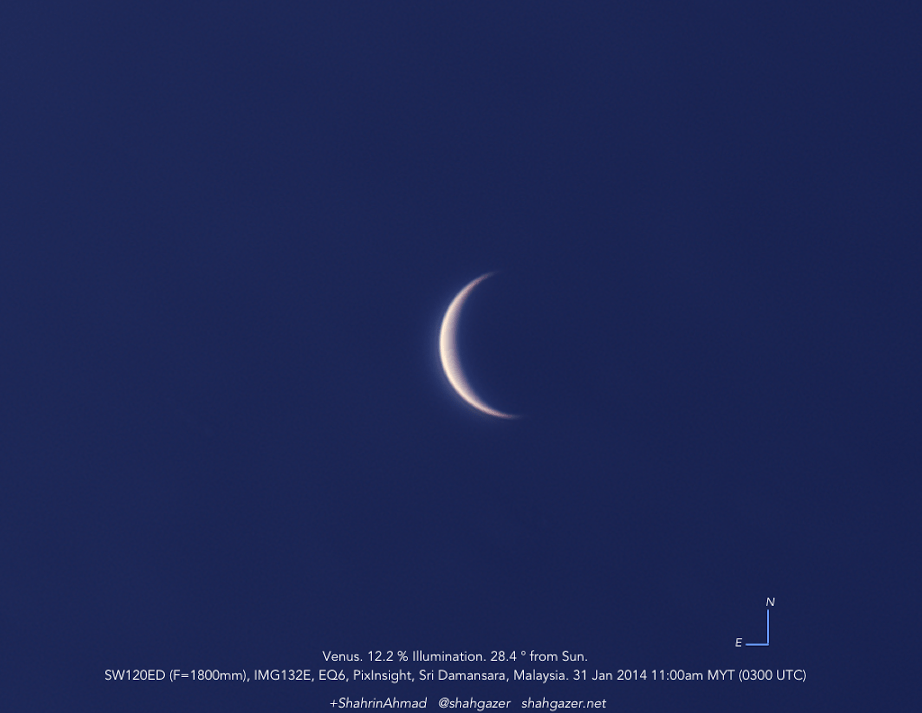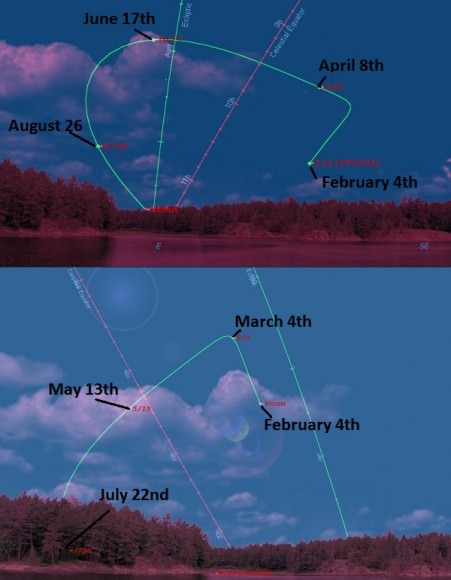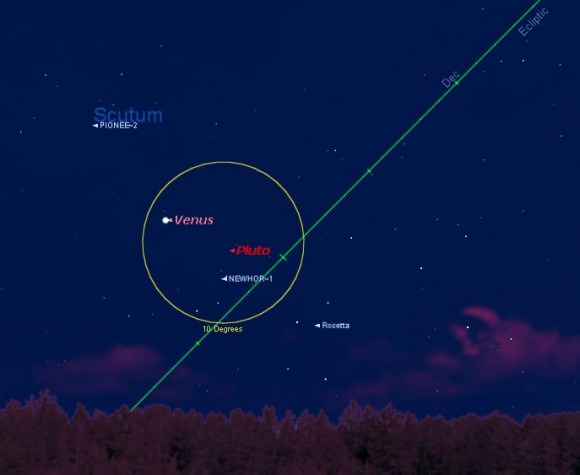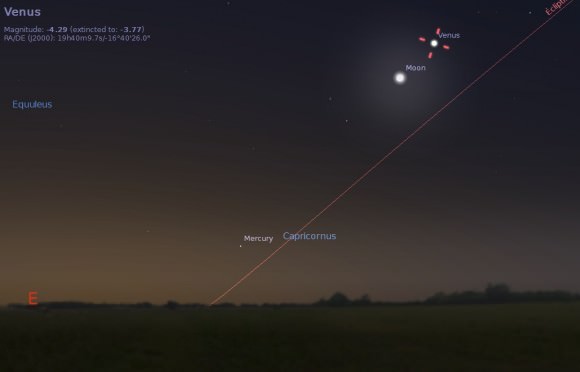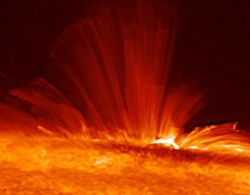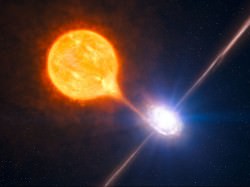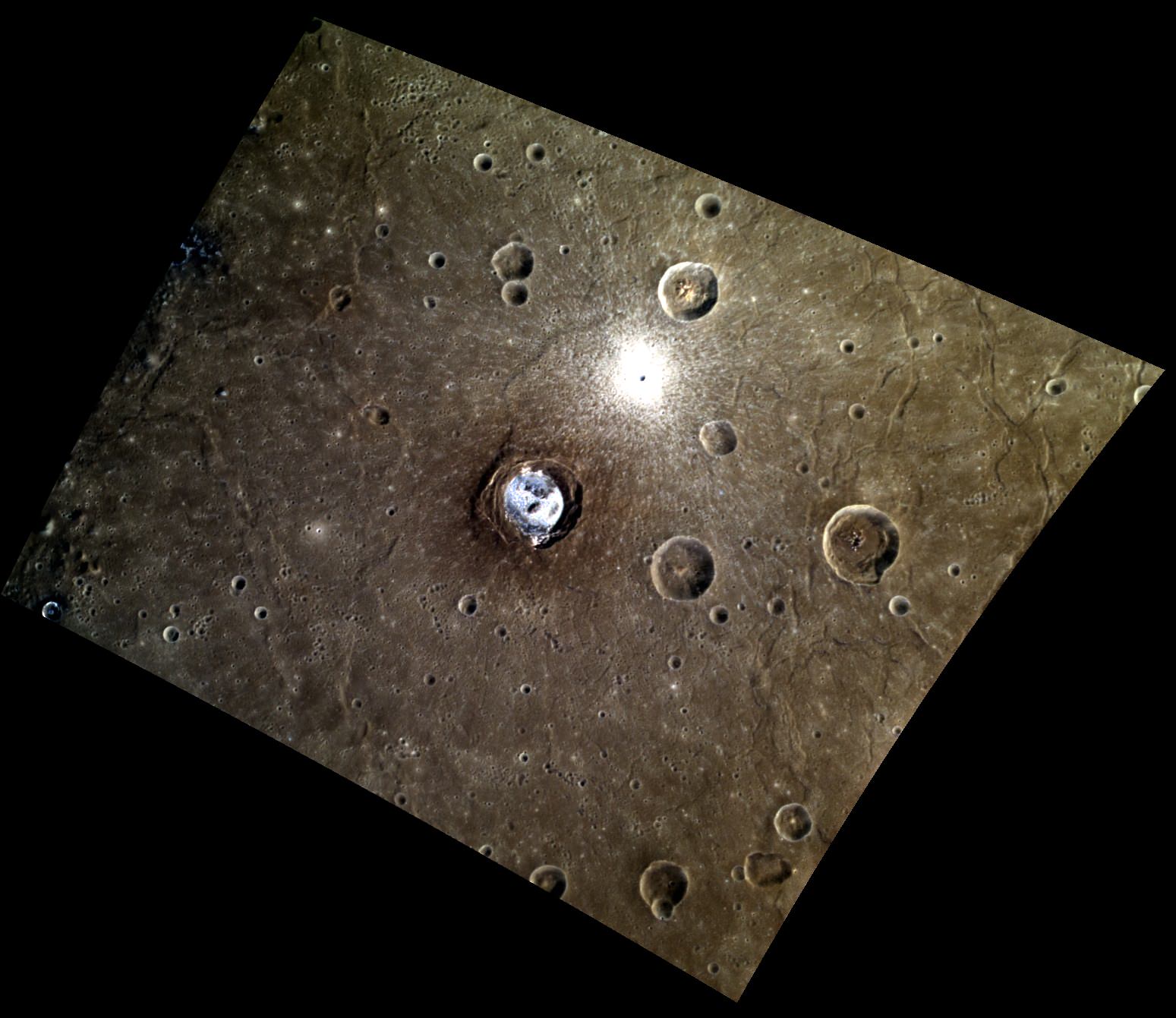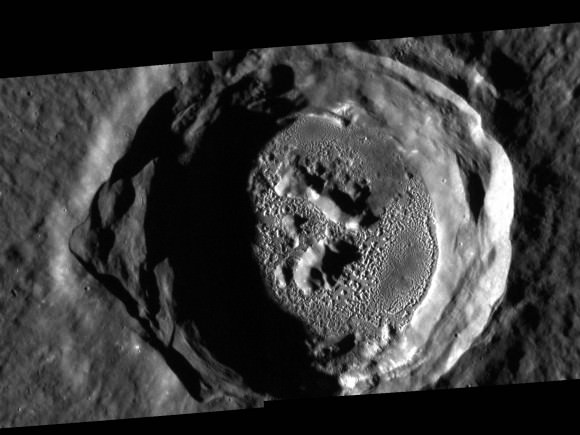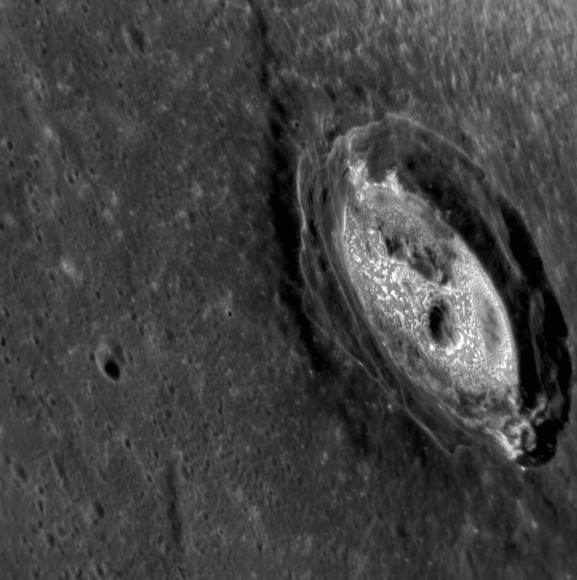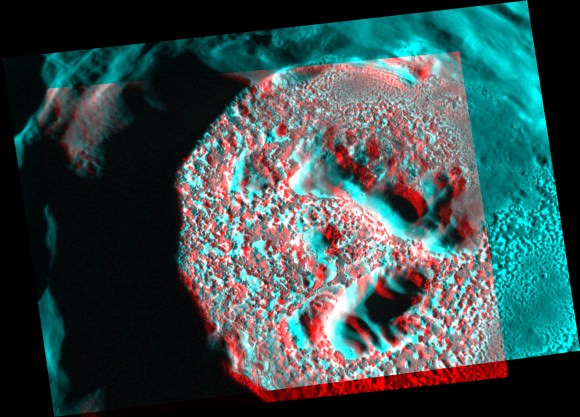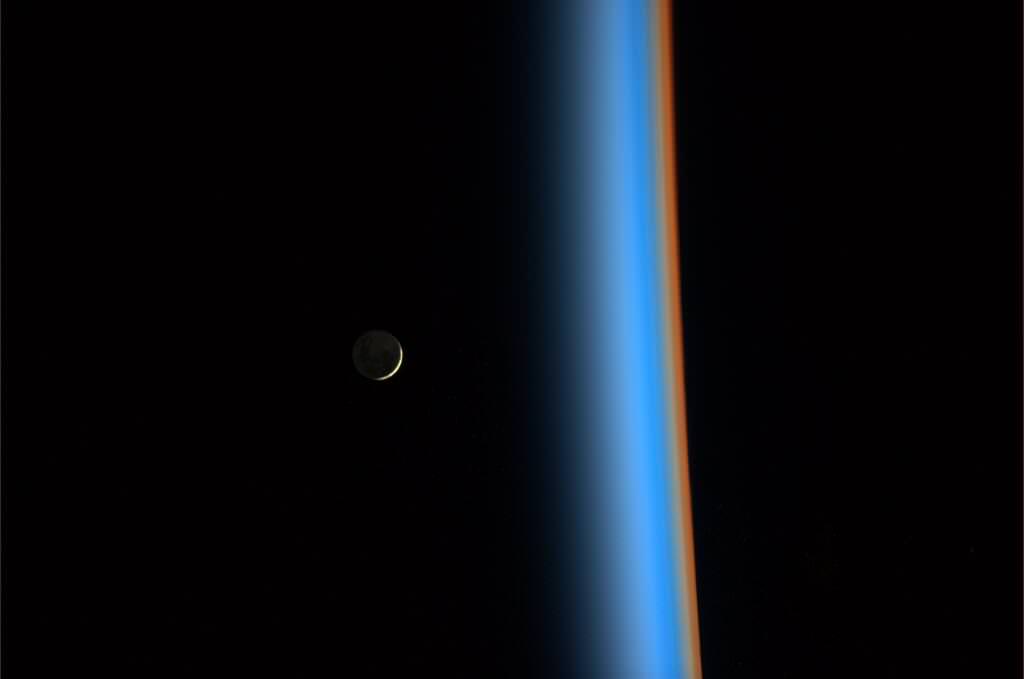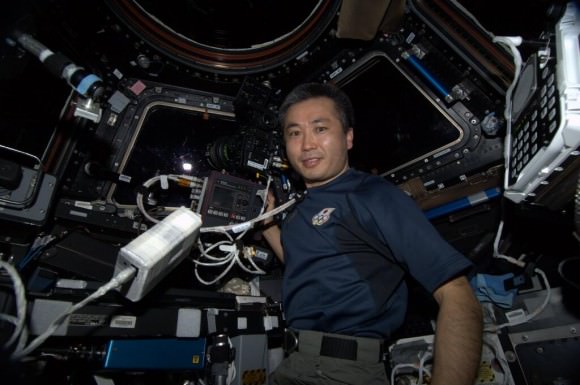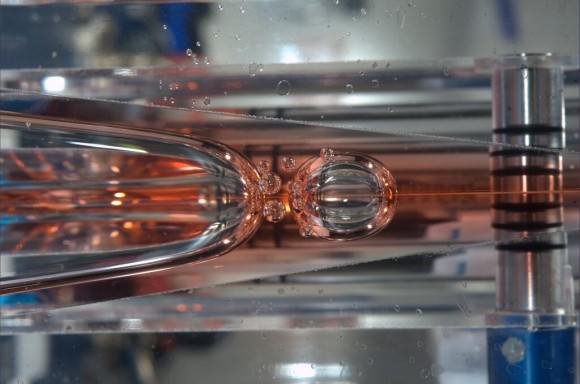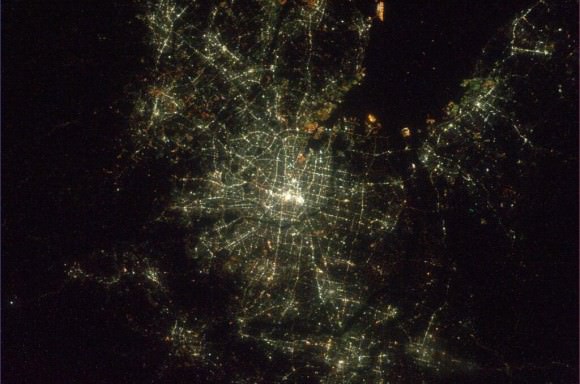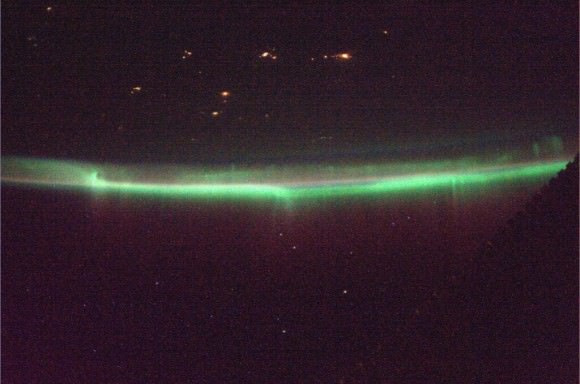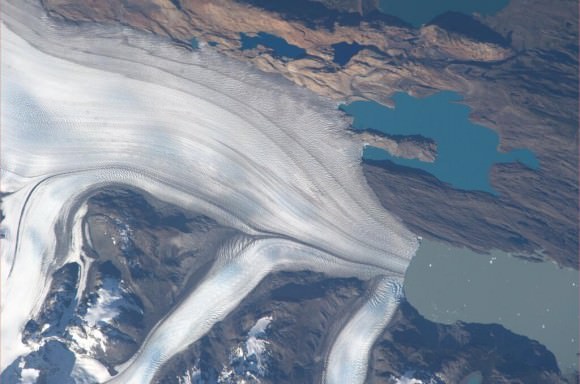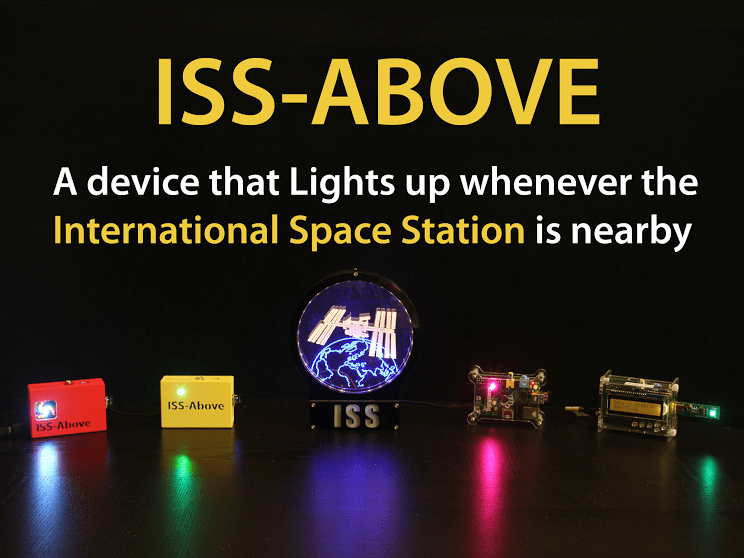Watch out! One day it may just go away. Jupiter’s most celebrated atmospheric beauty mark, the Great Red Spot (GRS), has been shrinking for years. When I was a kid in the ’60s peering through my Edmund 6-inch reflector, not only was the Spot decidedly red, but it was extremely easy to see. Back then it really did span three Earths. Not anymore.
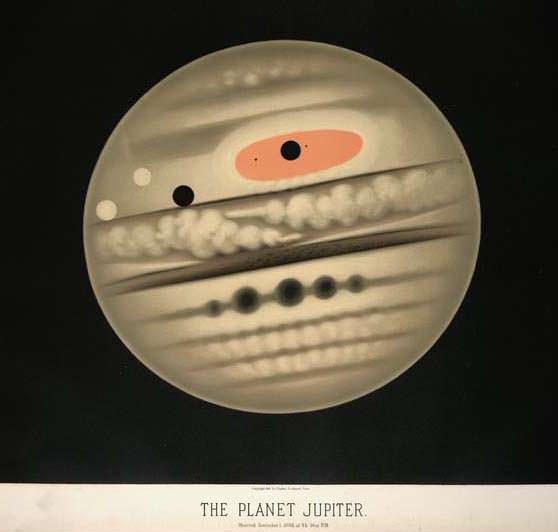
In the 1880s the GRS resembled a huge blimp gliding high above white crystalline clouds of ammonia and spanned 40,000 km (25, 000 miles) across. You couldn’t miss it even in those small brass refractors that were the standard amateur observing gear back in the day. Nearly one hundred years later in 1979, the Spot’s north-south extent has remained virtually unchanged, but it’s girth had shrunk to 25,000 km (15,535 miles) or just shy of two Earth diameters. Recent work done by expert astrophotographer Damian Peach using the WINJUPOS program to precisely measure the GRS in high resolution photos over the past 10 years indicates a continued steady shrinkage:
Voyager 1 Jupiter time lapse animation, a reprocessed high-resolution view. Enlarge to full screen to see the GRS rotation best. Credit: NASA / JPL / Bjorn Jonsson / Ian Regan
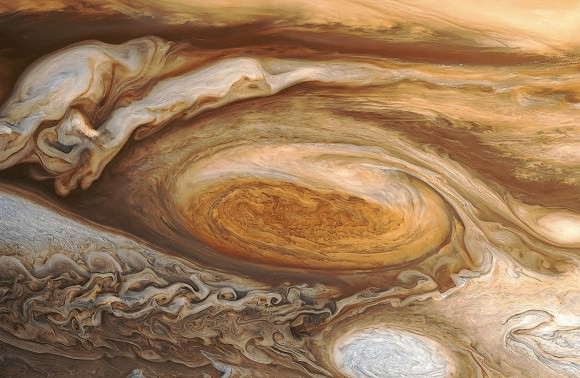
Not only has the Spot been shrinking, its rotation period has been speeding up. Older references give the period of one rotation at 6 days. John Rogers (British Astronomical Assn.) published a 2012 paper on the evolution of the GRS and discovered that between 2006 to 2012 – the same time as the Spot has been steadily shrinking – its rotation period has spun up to 4 days. As it shrinks, the storm appears to be conserving angular momentum by spinning faster the same way an ice skater spins up when she pulls in her arms.
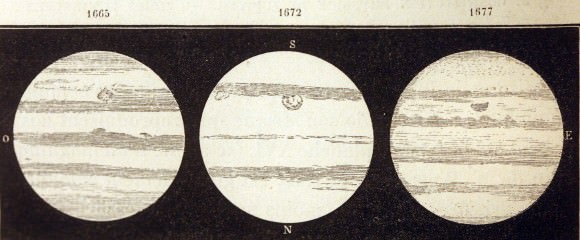
Rogers also estimated a max wind speed of 300 mph, up from about 250 mph in 2006. Despite its smaller girth, this Jovian hurricane’s winds pack more punch than ever. Even more fascinating, the Great Red Spot may have even disappeared altogether from 1713 to 1830 before reappearing in 1831 as a long, pale “hollow”. According to Rogers, no observations or sketches of that era mention it. Surely something so prominent wouldn’t be missed. This begs the question of what happened in 1831. Was the “hollow” the genesis of a brand new Red Spot unrelated to the one first seen by astronomer Giovanni Cassini in 1665? Or was it the resurgence of Cassini’s Spot?
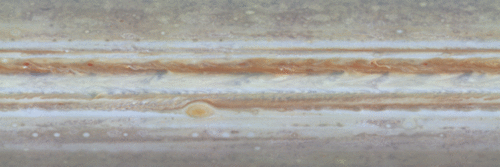
Clearly, the GRS waxes and wanes but exactly what makes it persist? By all accounts, it should have dissipated after just a few decades in Jupiter’s turbulent environment, but a new model developed by Pedram Hassanzadeh, a postdoctoral fellow at Harvard University, and Philip Marcus, a professor of fluid dynamics at the University of California-Berkeley, may help to explain its longevity. At least three factors appear to be at play:
* Jupiter has no land masses. Once a large storm forms, it can sustain itself for much longer than a hurricane on Earth, which plays itself out soon after making landfall.
* Eat or be eaten: A large vortex or whirlpool like the GRS can merge with and absorb energy from numerous smaller vortices carried along by the jet streams.
* In the Hassanzadeh and Marcus model, as the storm loses energy, it’s rejuvenated by vertical winds that transport hot and cold gases in and out of the Spot, restoring its energy. Their model also predicts radial or converging winds within the Spot that suck air from neighboring jet streams toward its center. The energy gained sustains the GRS.
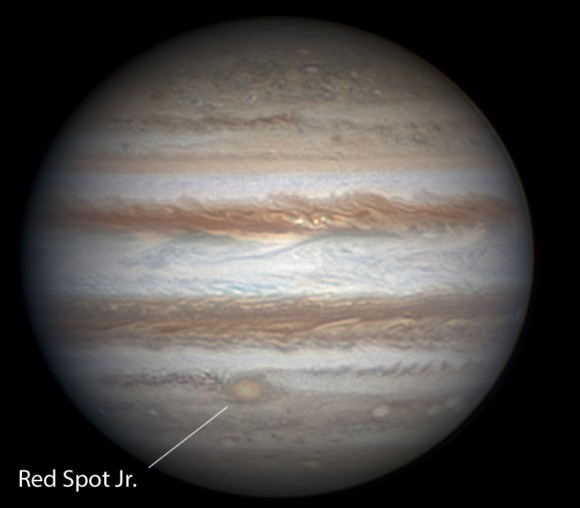
Time-lapse of Jupiter’s atmospheric motions centered on the Great Red Spot photographed by Paolo Porcellana. Each cylindrical/spherical map of the planet is a mosaic of 4-6 pictures made with 11 and 14-inch telescopes.


